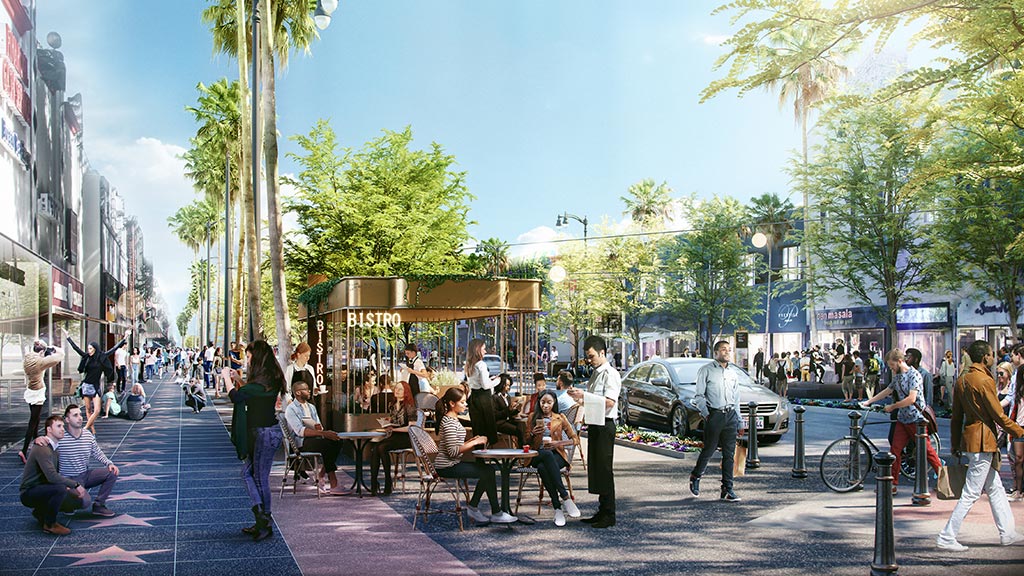Mobility & Transportation
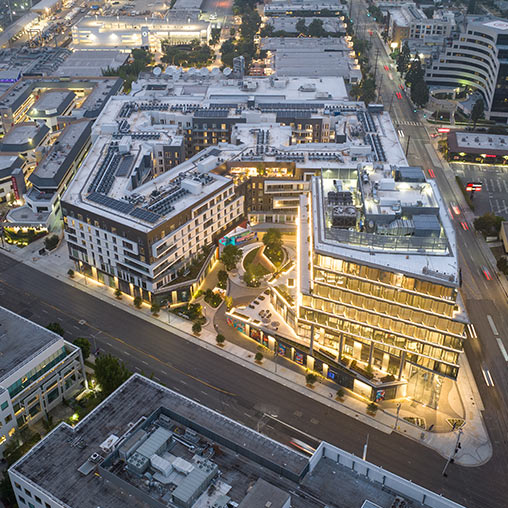
West Edge
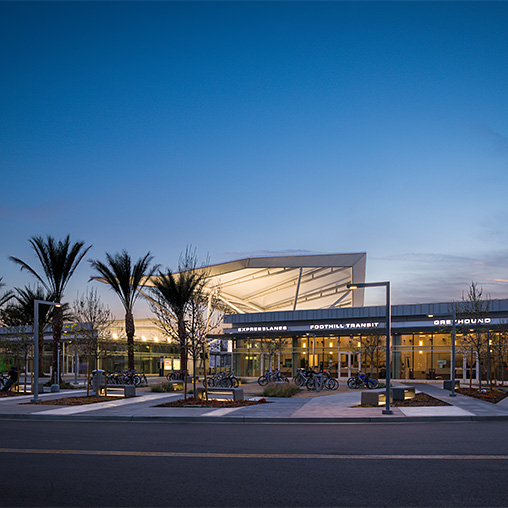
El Monte Busway and Transit Pavilion
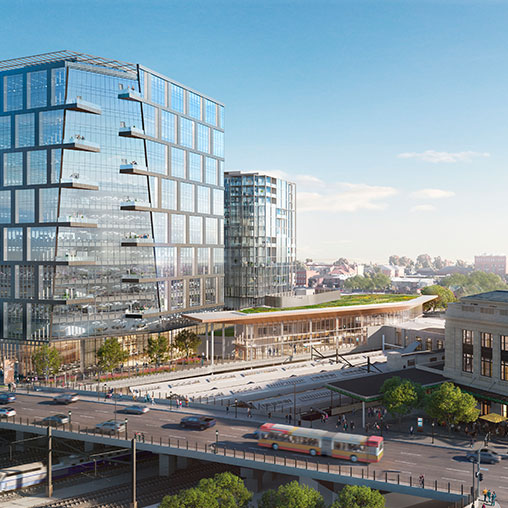
Amtrak – Baltimore Penn Station Lanvale Expansion
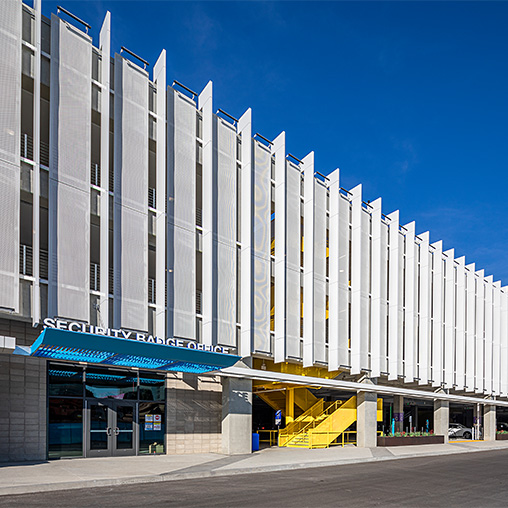
LAX Intermodal Transit Facility West

Union / Patsaouras Plaza Busway Station
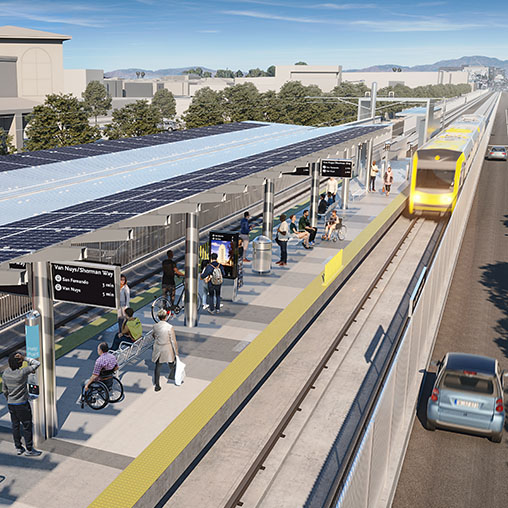
LA Metro Integrated Station Design Solutions
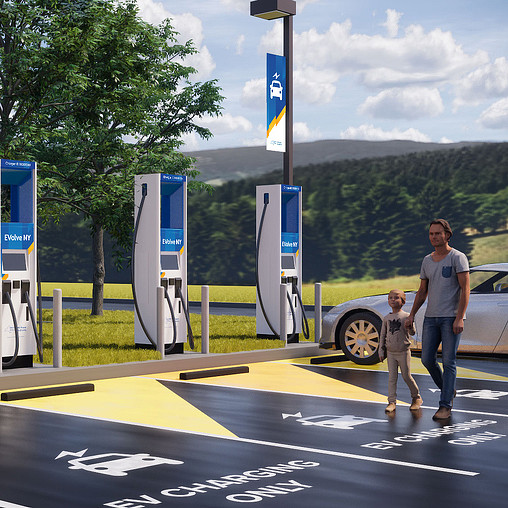
NYPA EV Charging Stations
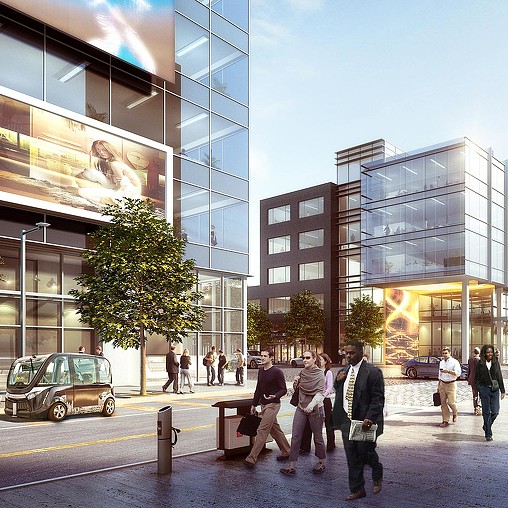
Peña Station Transit-Oriented Development Plan
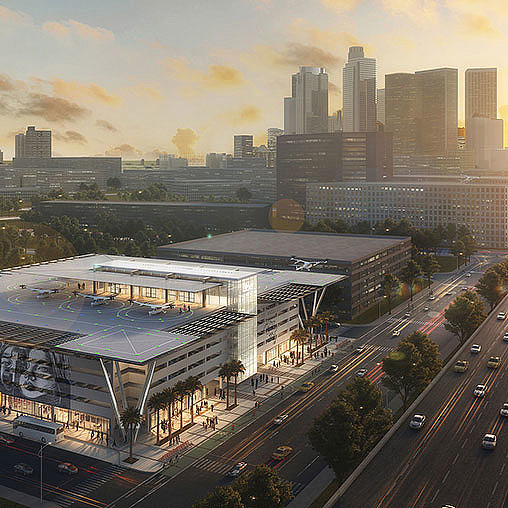
Uber Skyport Mobility Hub Concept
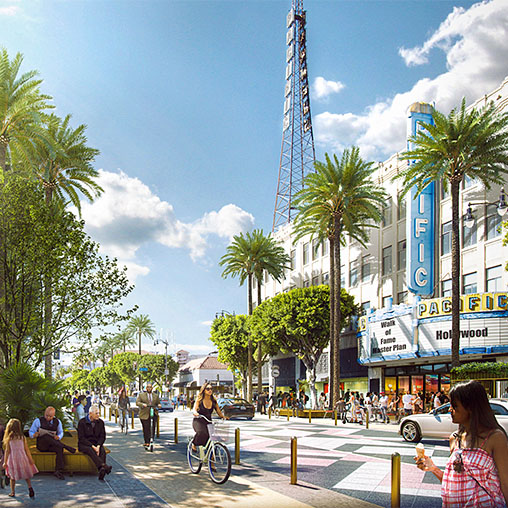
Hollywood Boulevard Walk of Fame Streetscape
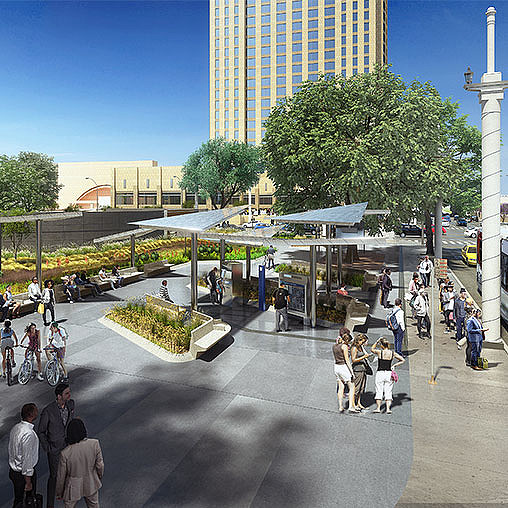
Cesar Chavez Transit Pavilion at Los Angeles Union Station
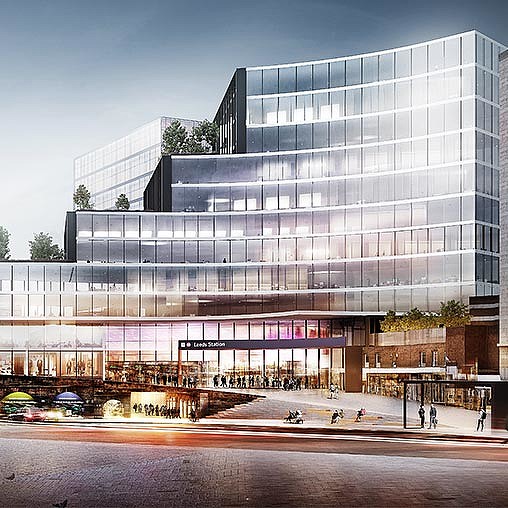
Leeds Station Masterplan
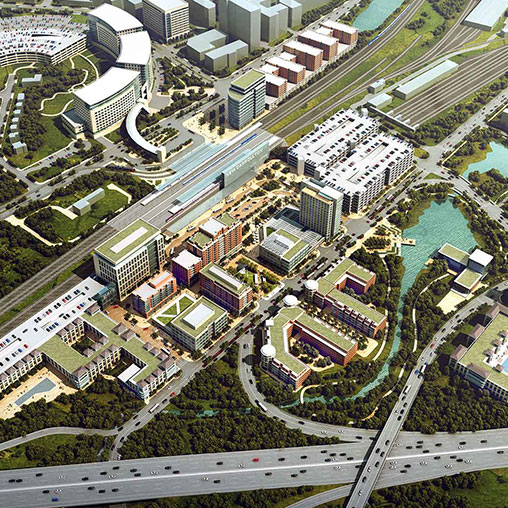
New Carrollton
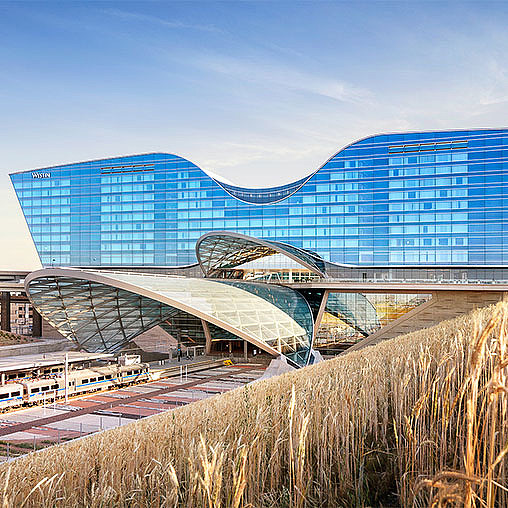
Westin DEN Hotel and Transit Center
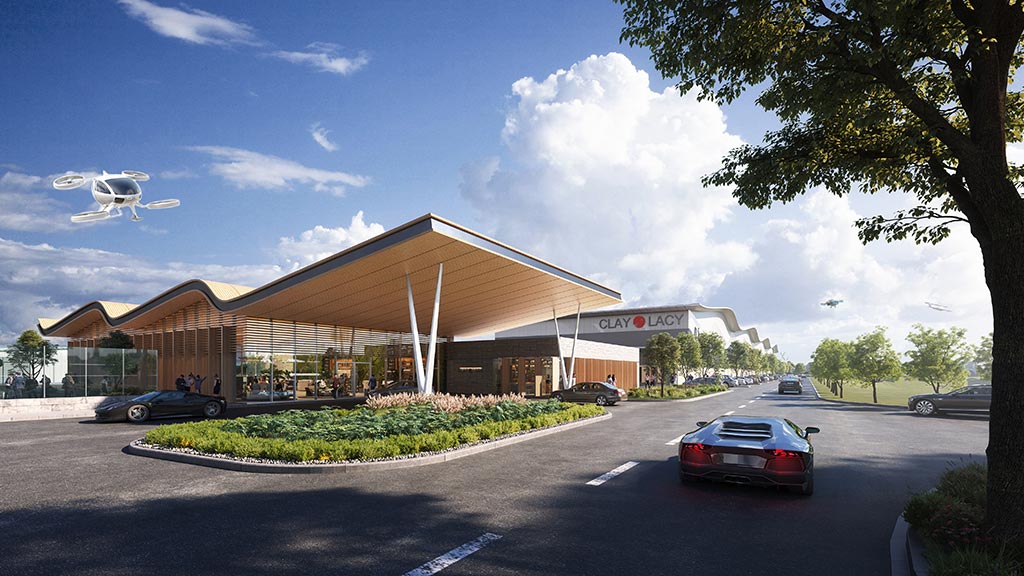
Fixed Base Operators: A Gateway to eVTOL Takeoff
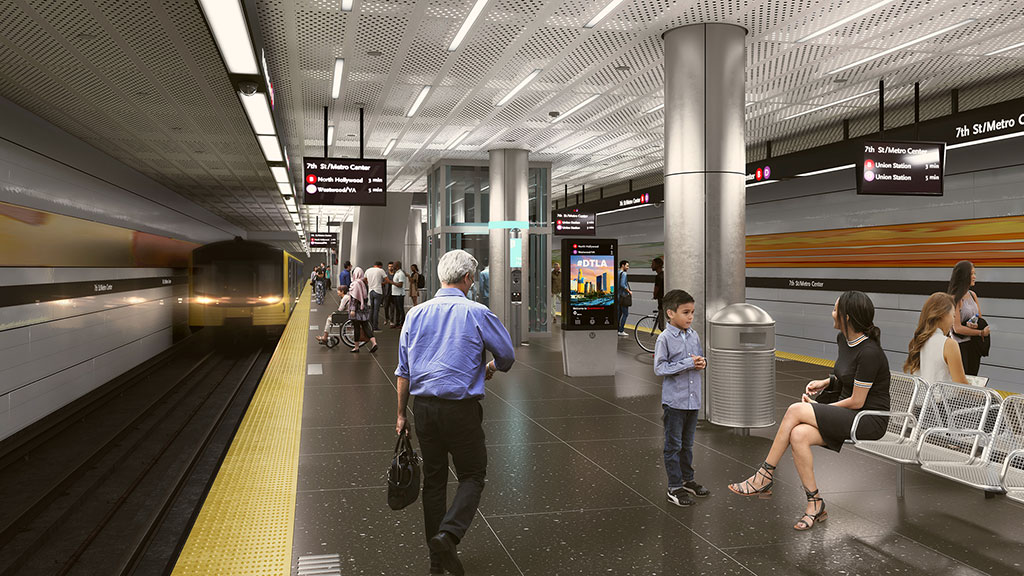
Using Design to Improve the Transit Experience for Los Angeles Metro
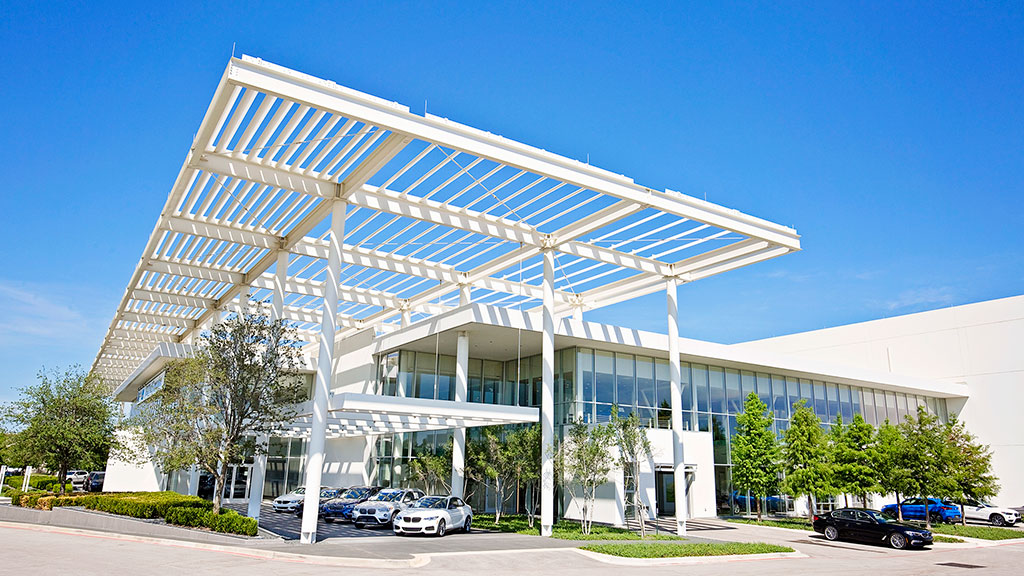
The EV Revolution — And Why Charging Stations Are So Critical
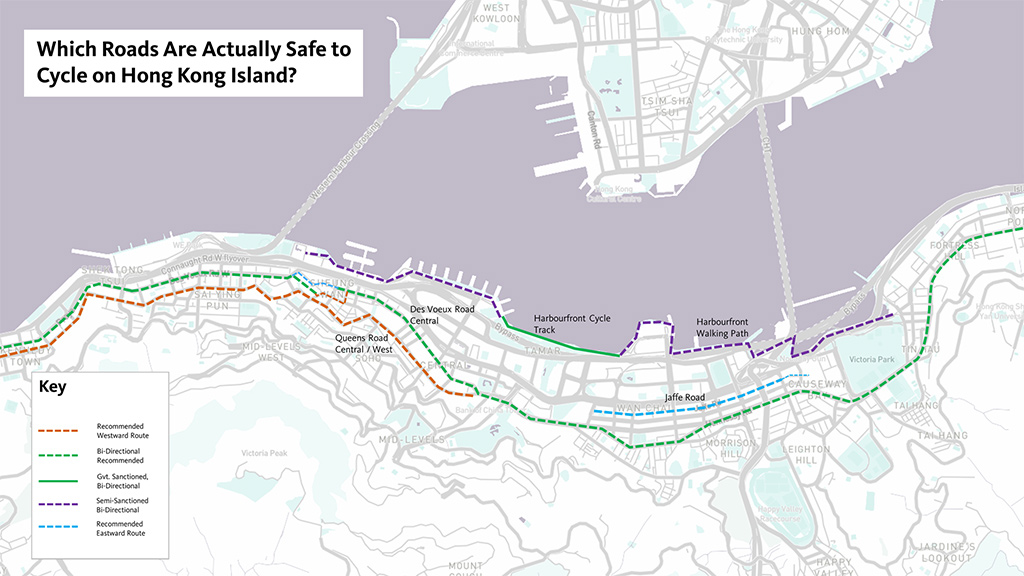
Commuting by Bicycle in One of the Most Cycling-Unfriendly Cities
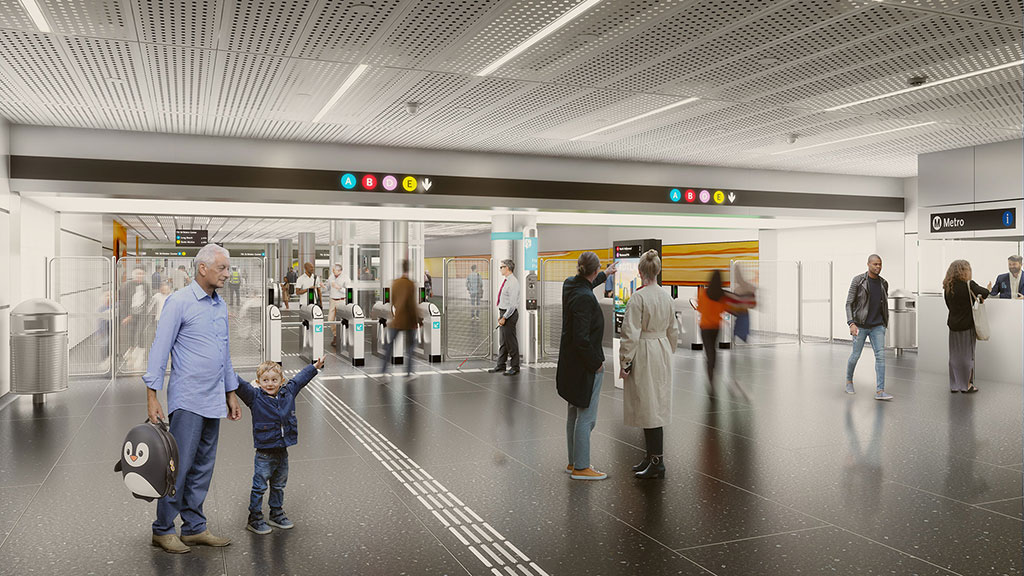
Understanding the Modern Transit Passenger Experience
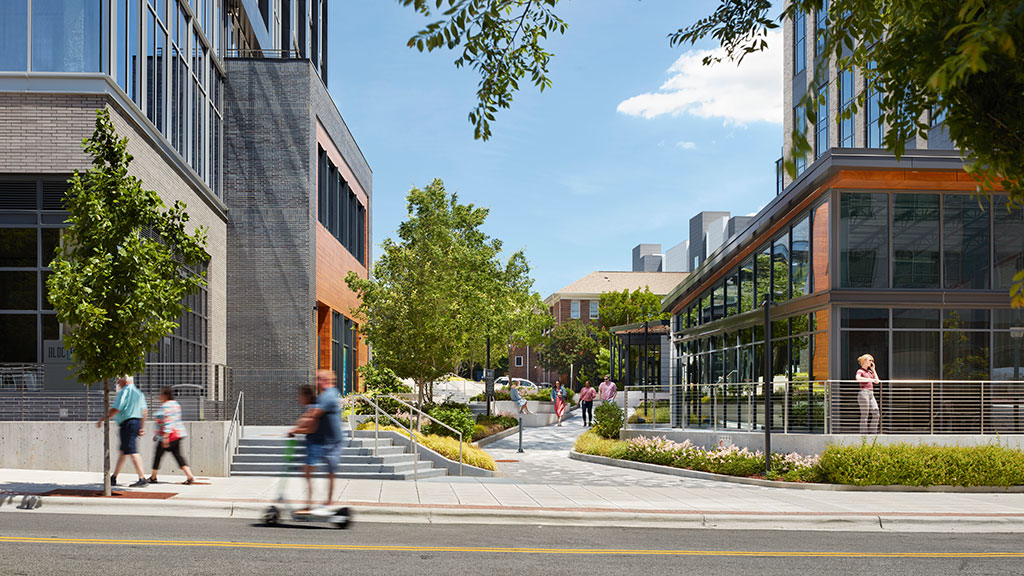
Trends to Watch Shaping the Future of Urban Mobility
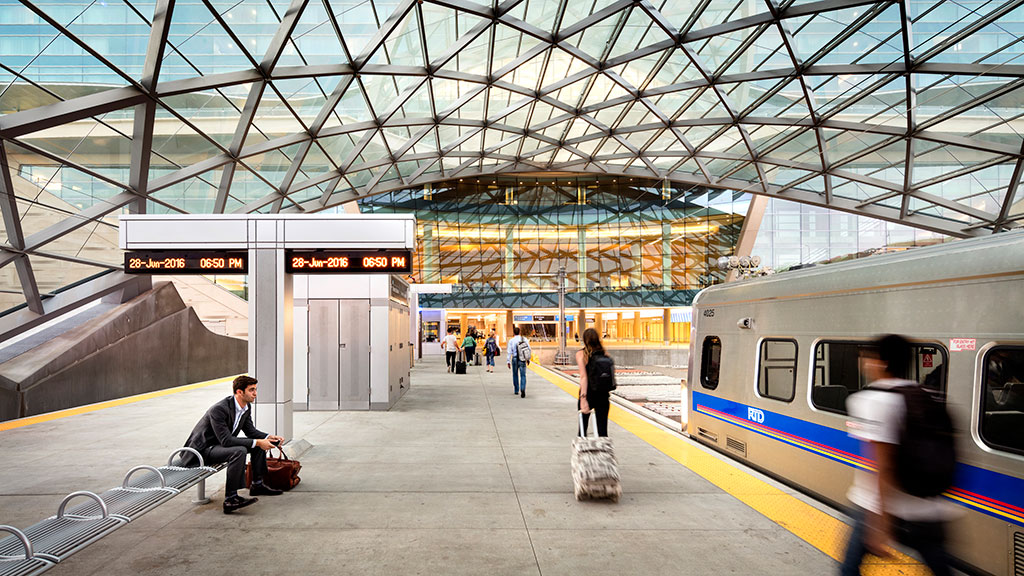
What Can Cities Do to Bring People Back to Public Transit?
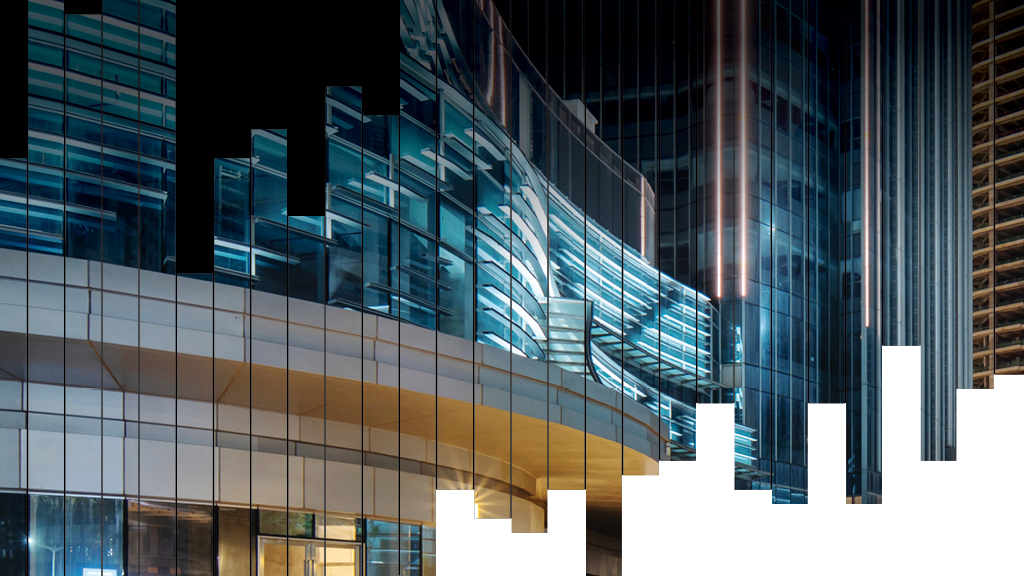
City Pulse 2022: Urban Mobility Report
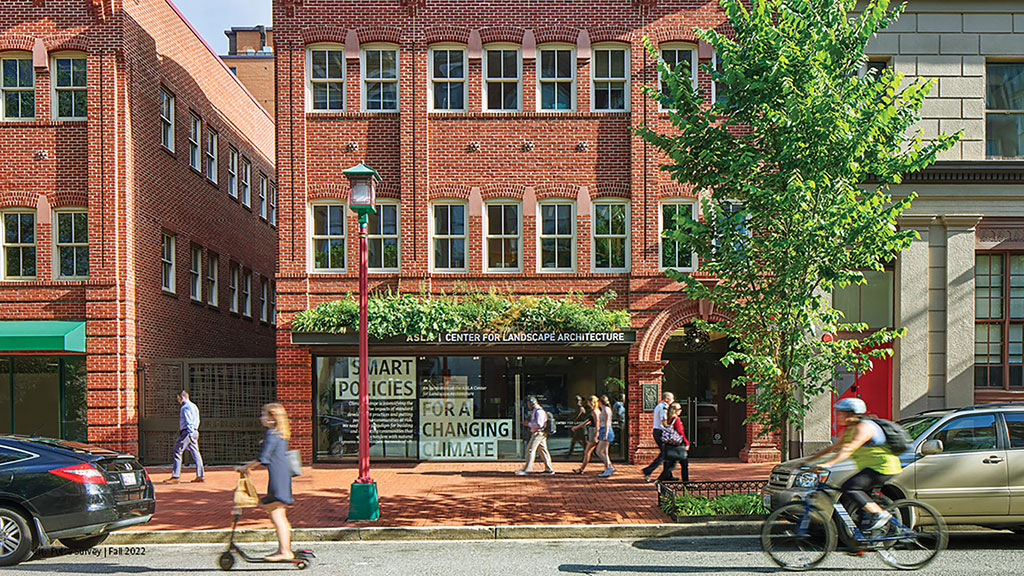
What the Rise of Micromobility Means for the Future of Cities
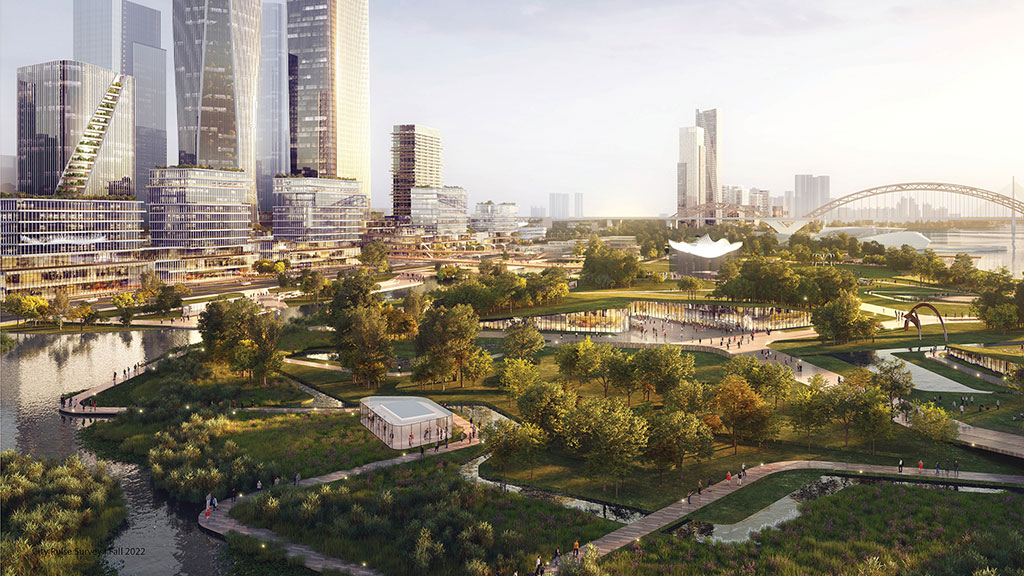
What Gensler’s Latest City Pulse Says About Sustainable Transportation
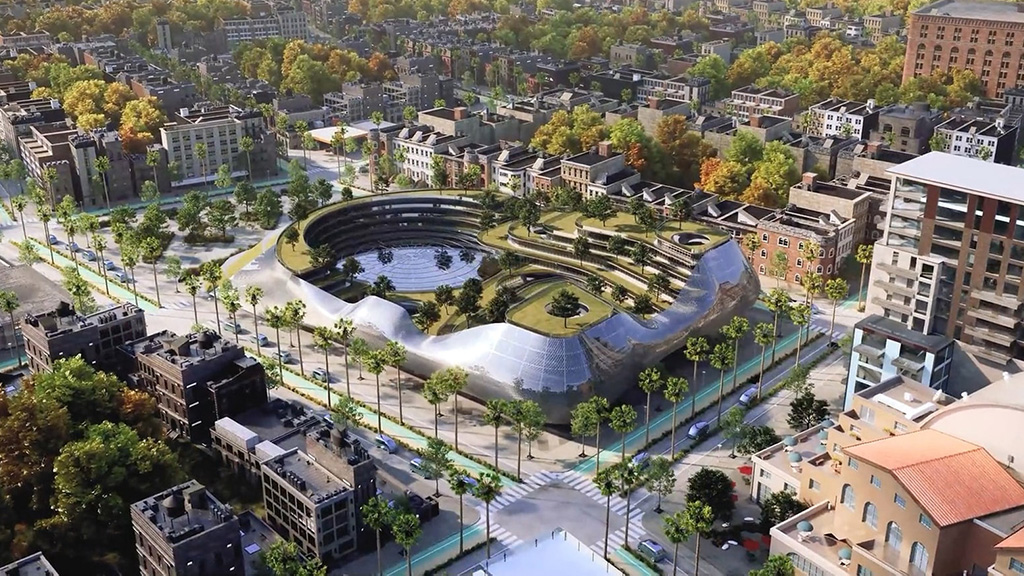
Together, EVs, AVs, and Multimodal Transportation Will Create More Vibrant Cities
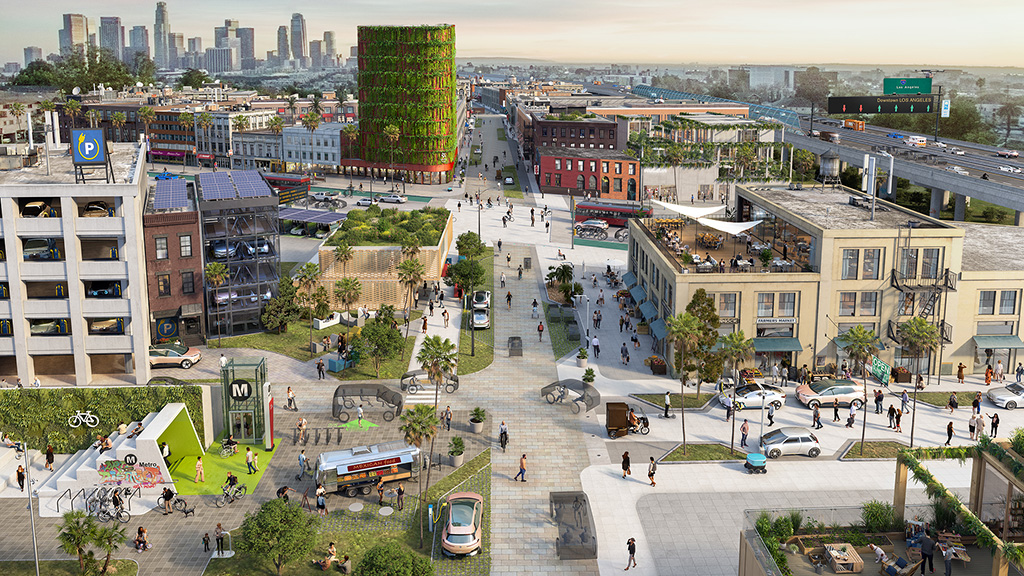
How the Intersection of Architecture and Mobility Will Shape the Cities of Tomorrow
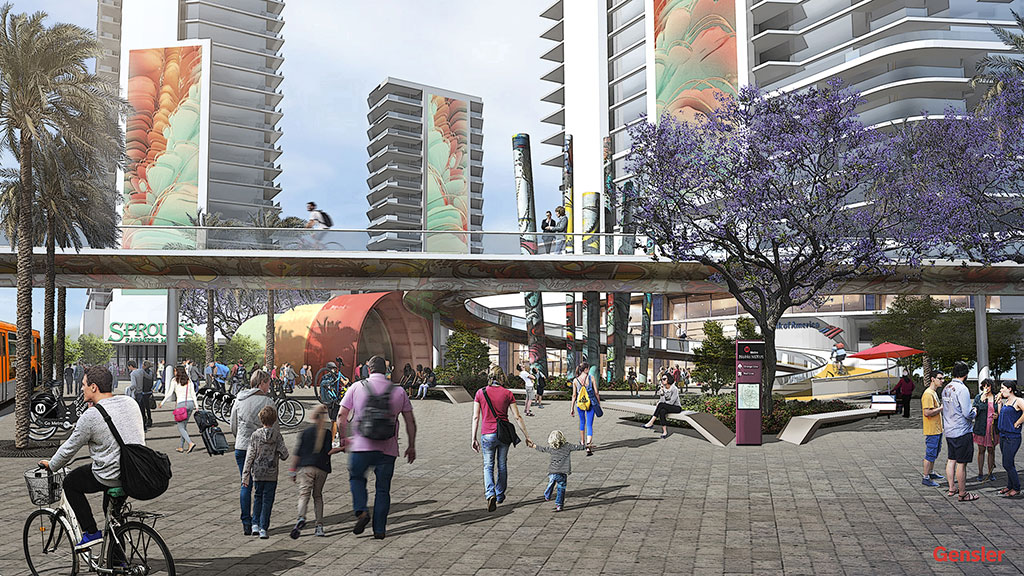
If Rush Hour Goes Away, How Should Public Transit Adapt?
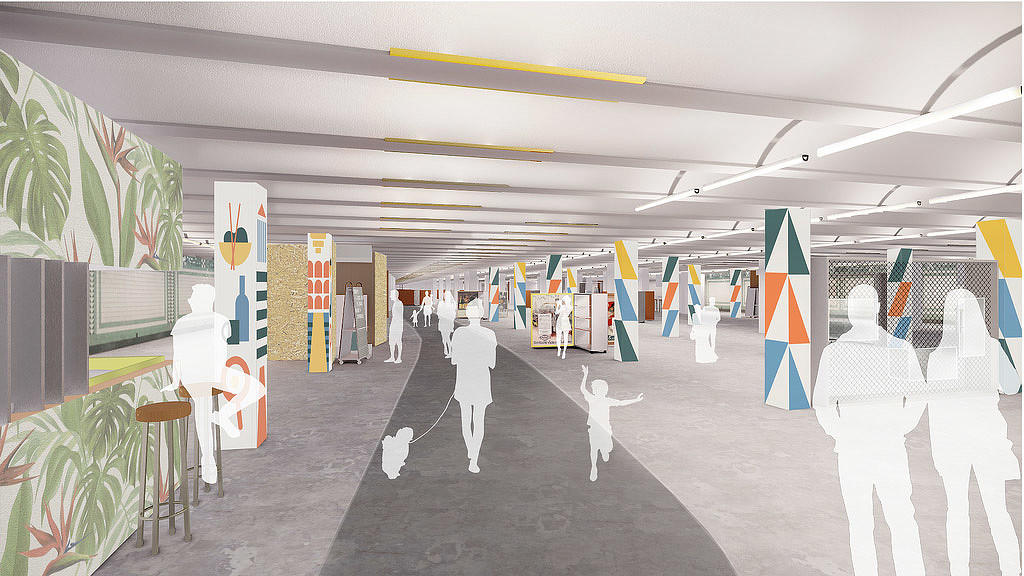
Using Technology to Help Solve Persistent Accessibility Problems in Public Transit
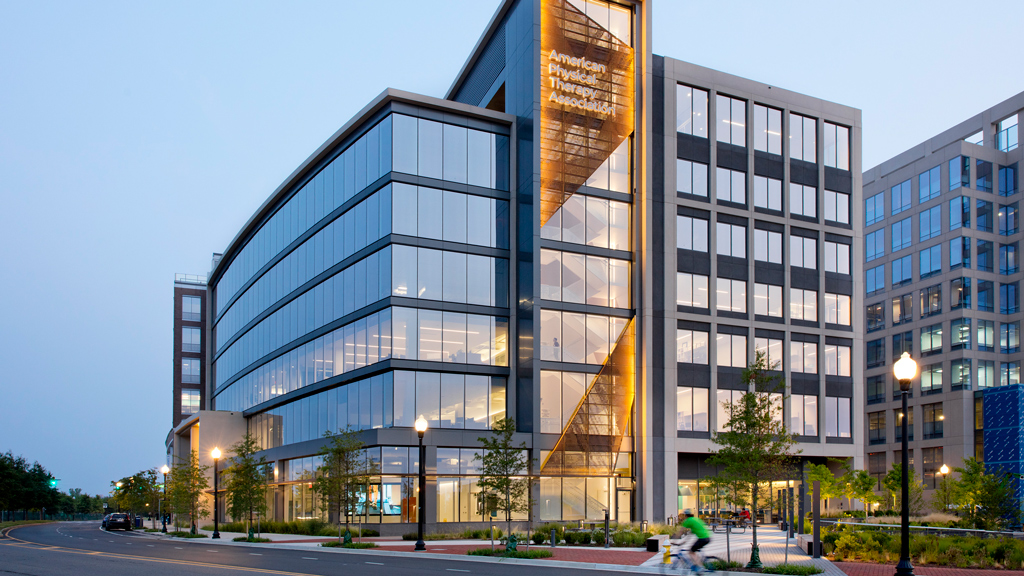
Designing a Workplace That Optimizes for Movement and Mobility
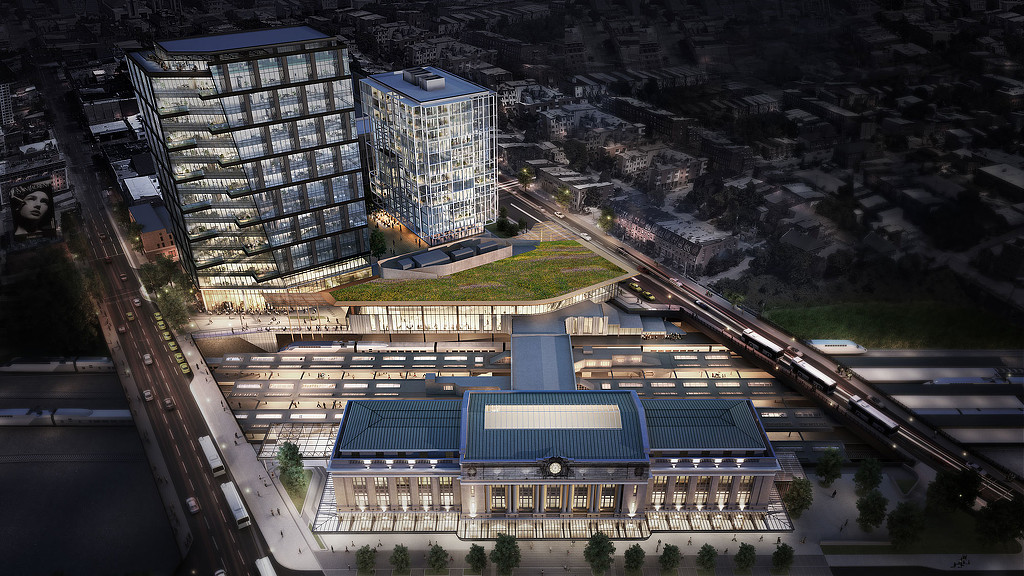
New Design and Infrastructure Projects Are Unlocking the Northeast Rail Corridor
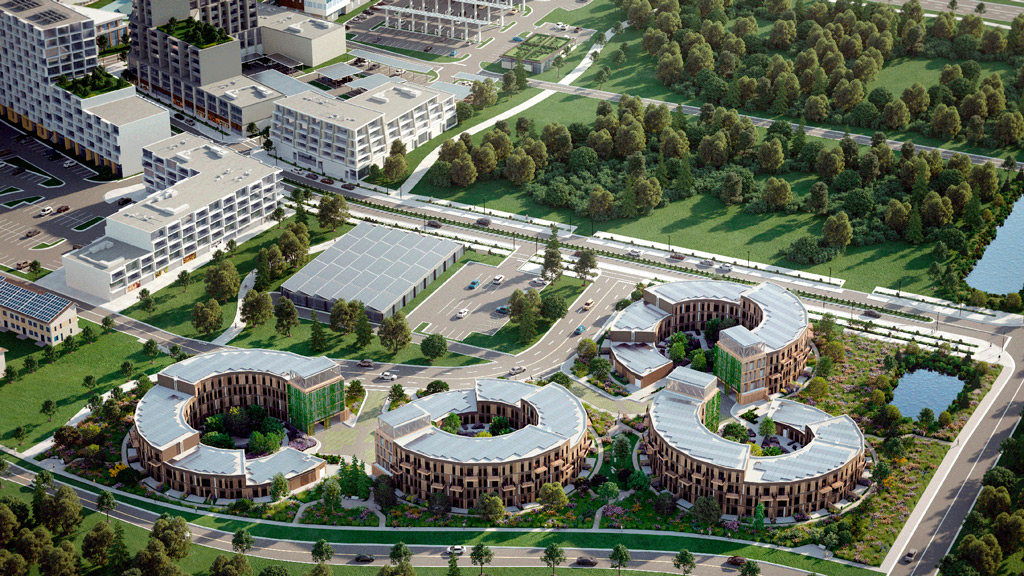
4 Ways Electric Mobility Will Reshape Our Cities
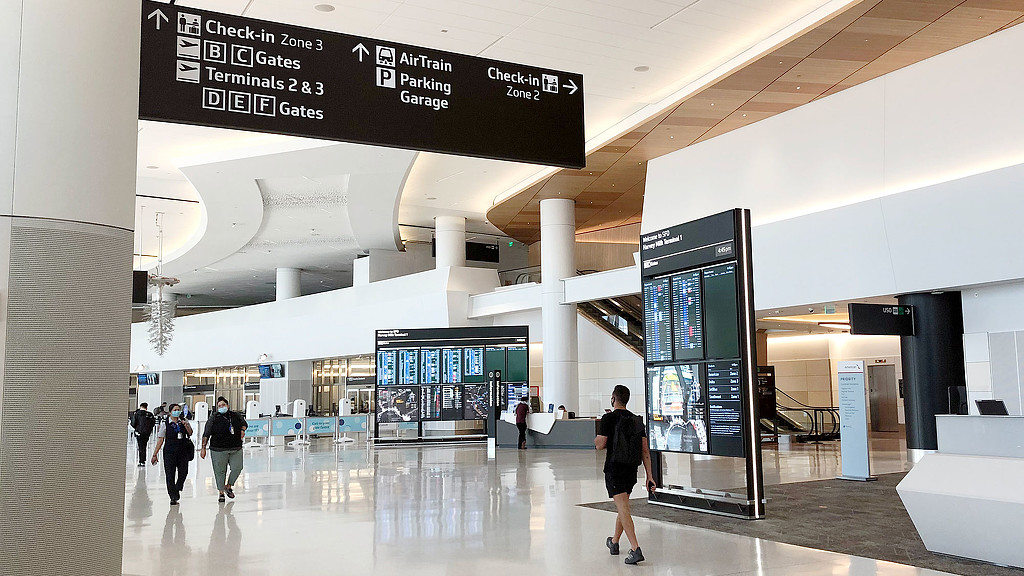
Designing More Inclusive, Accessible Transit Systems for All
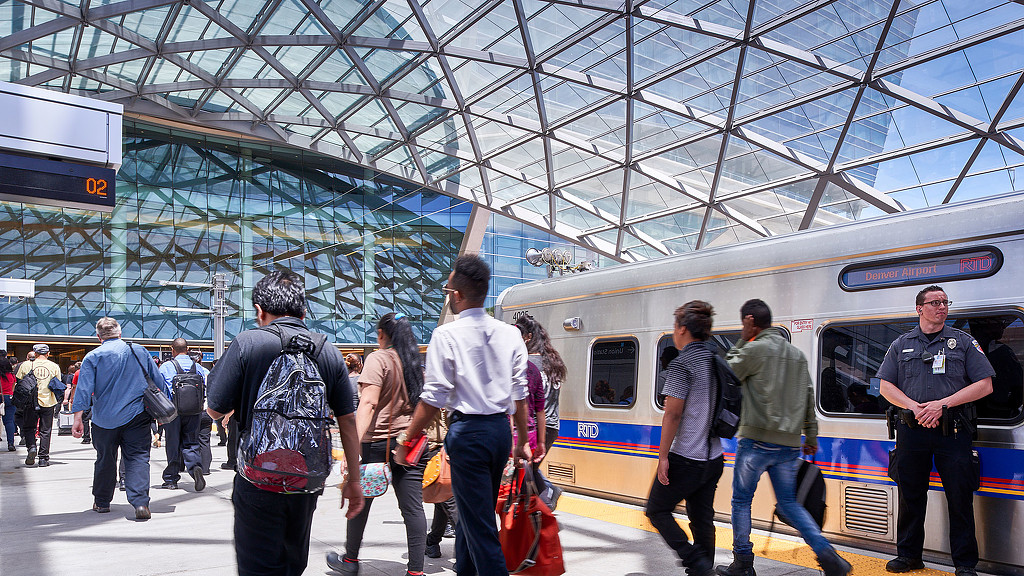
Reimagining a Safer, More Equitable Daily Commute
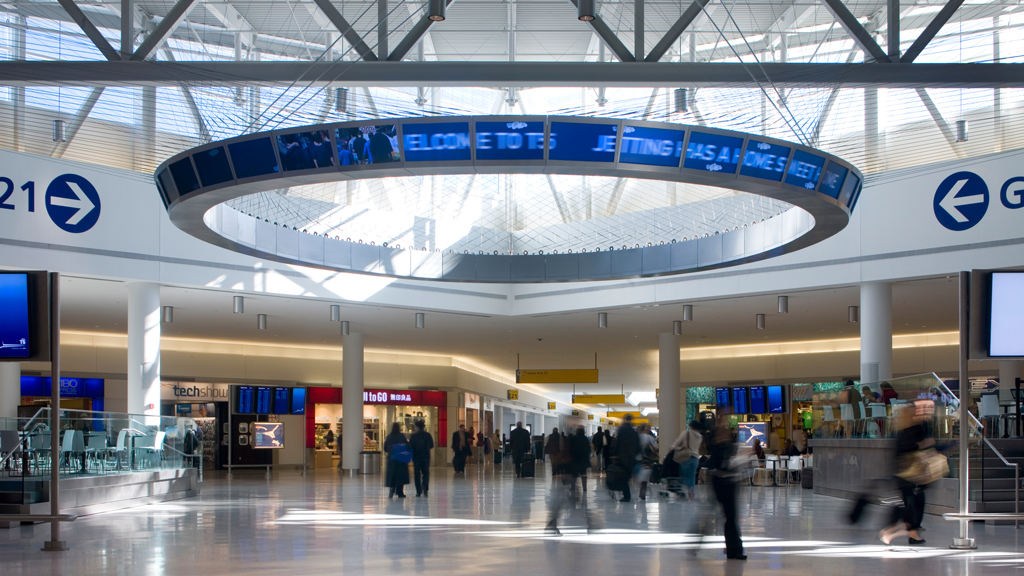
It’s Time to Rethink Signage and Wayfinding for Transportation Hubs
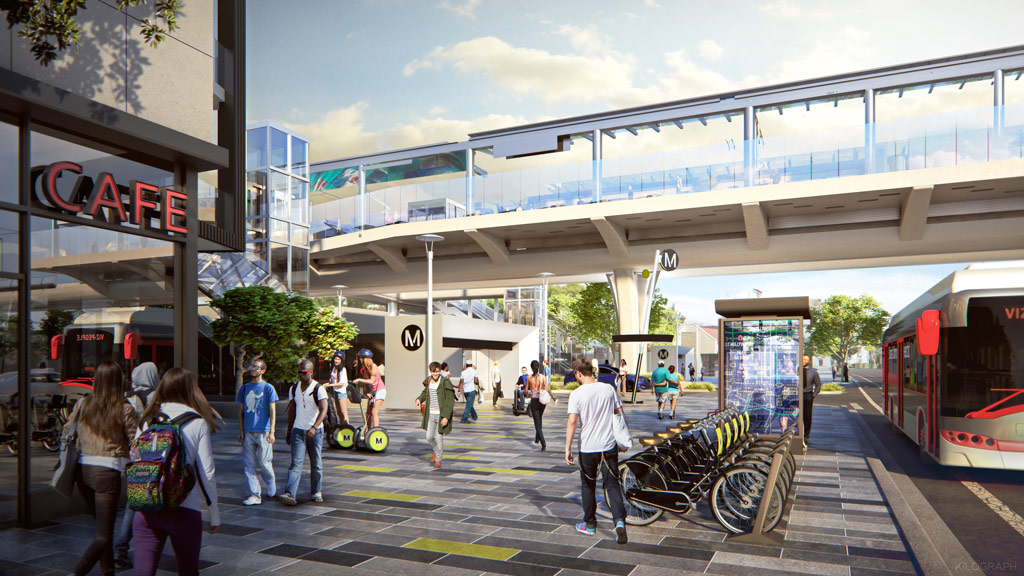
A 'What If?' Manifesto: Improving the Bus Experience
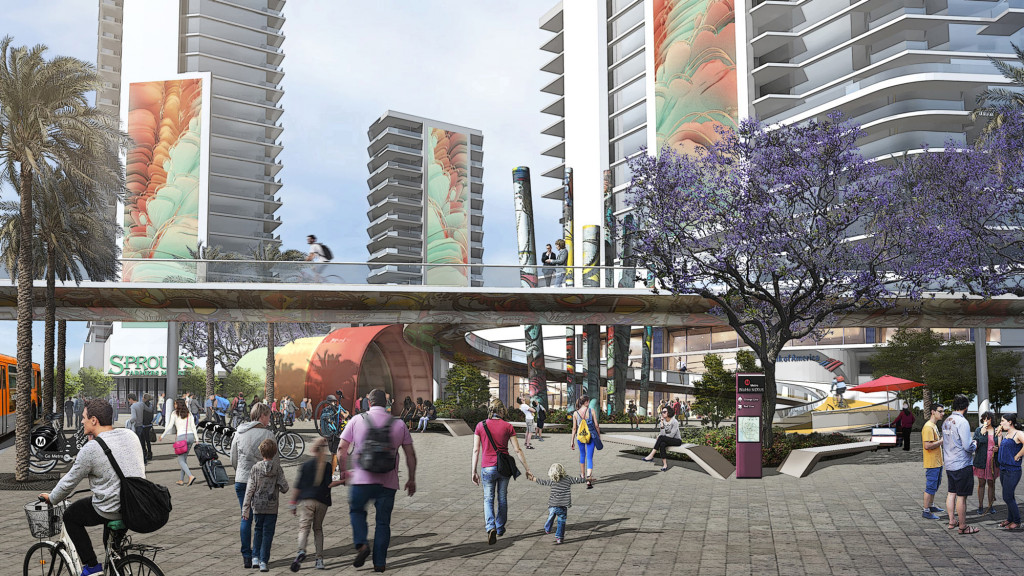
The Third Lane: Rethinking Street Design for the 21st Century

Creating Transit-Oriented Communities in Los Angeles
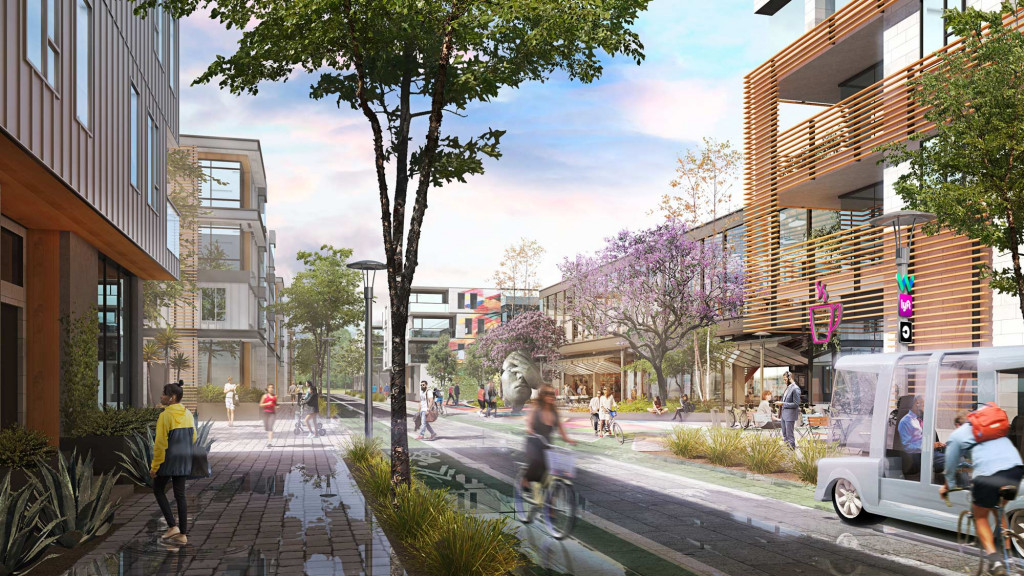
From Railroads to Electric Scooters: How Mobility Shapes the City of Today and Tomorrow
Mobility goes electric and the recharging experience becomes multimodal and mixed use.
Infrastructure and buildings need to be designed to keep pace with the tremendous growth in demand for electric vehicles, from cars to scooters to electric Vertical Takeoff and Landing (eVTOL) aircraft. Electric vehicles require a longer charging period, so the recharging process opens new opportunities to co-locate live, work, and play programming facilities at charging hubs in urban areas.
Rail finds a rebirth in the U.S. with new investments in public transit and high-speed lines.
With billions of dollars in federal aid earmarked for rail improvements around the U.S. combined with an ongoing push by local officials to double-down on public rail transit, opportunities abound for designing the next generation of stations and station adjacent development (TOD).
Mobility continues to be the backbone of a 20-minute city.
Successful cities are made up of a collection of multiuse and vibrant neighborhoods in which everything you need — live, work, and play — is within your grasp. But this only works with effective mobility infrastructure: wide sidewalks, secure bike lanes, micromobility options, and a functioning transit system.
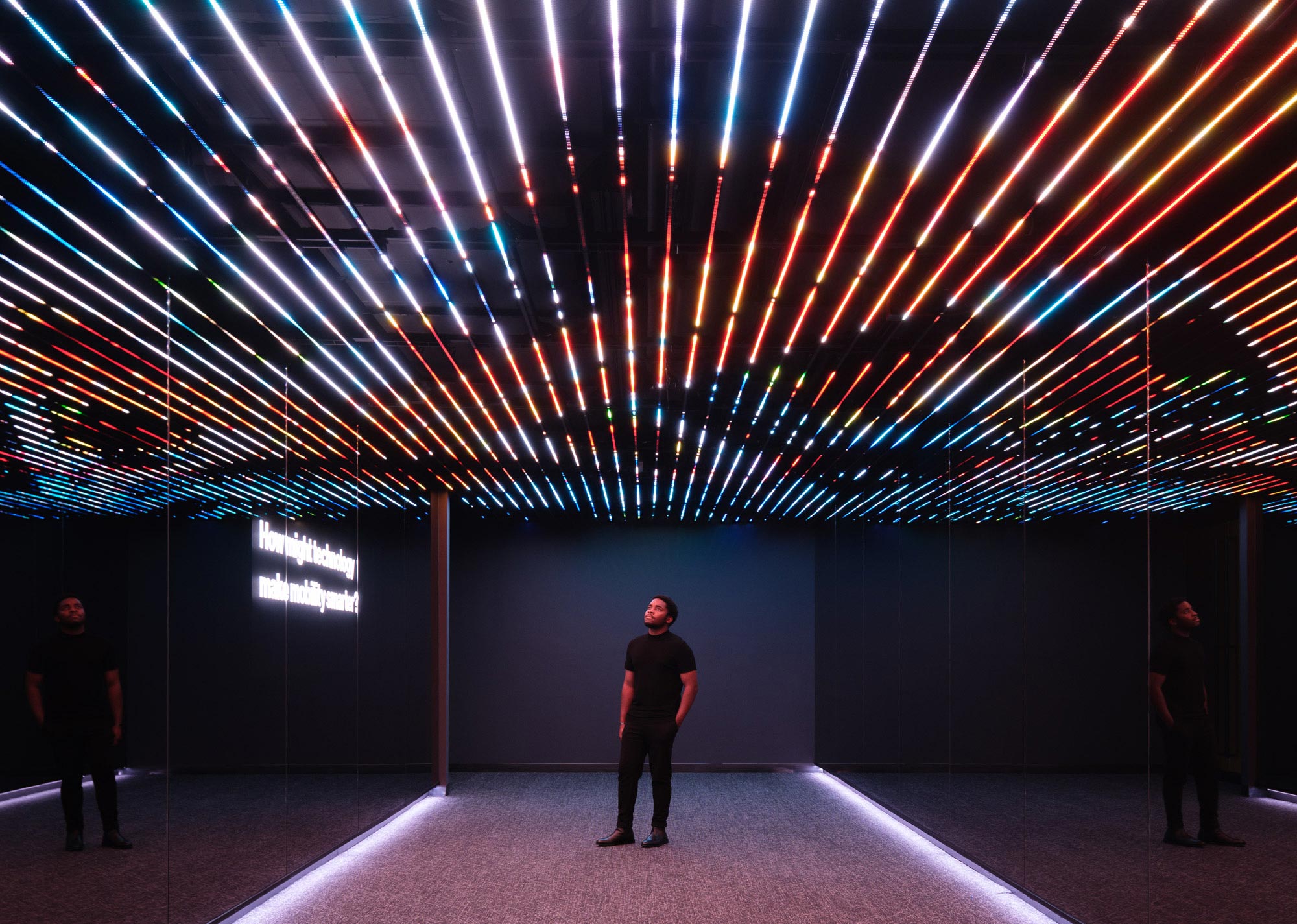

Carmen Cecilia Cham
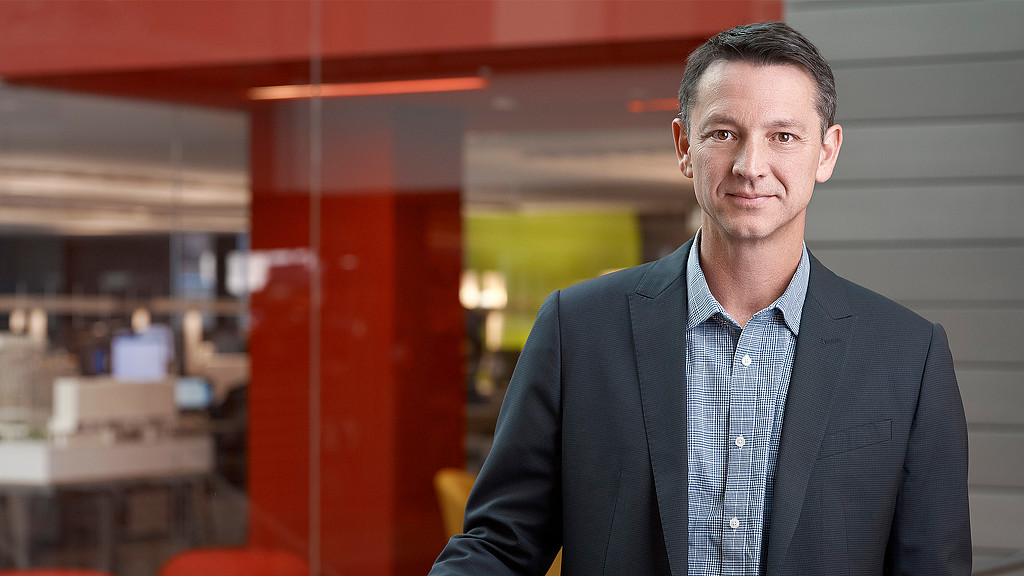
Dylan Jones
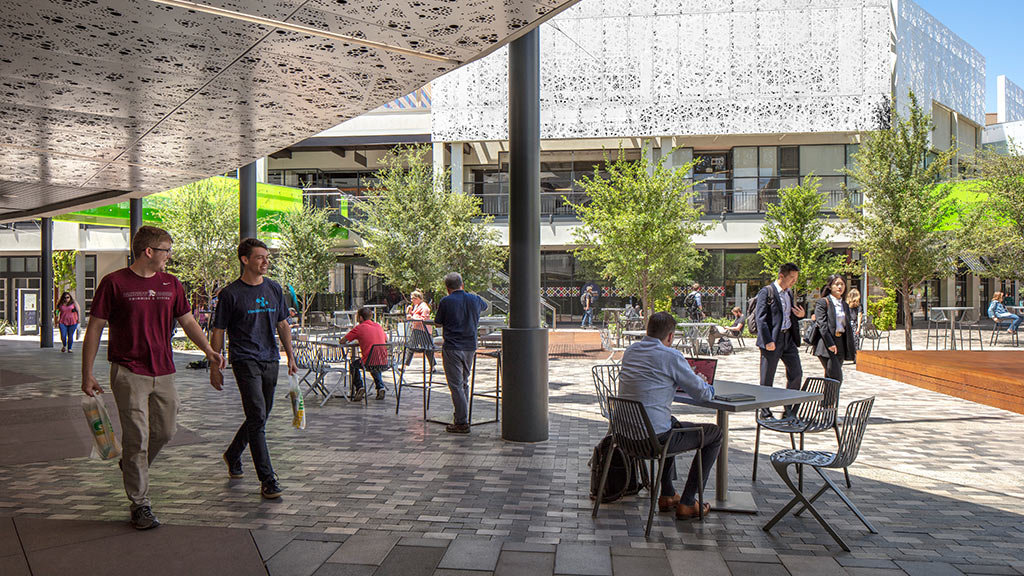
gb&d Highlighted the Arizona Center in Its Sustainability Examples and Trends
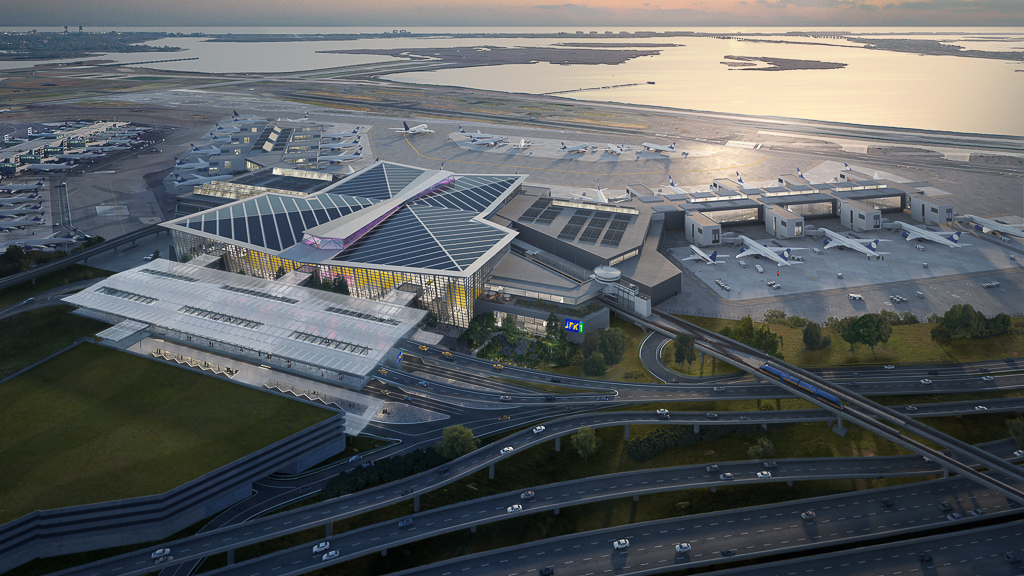
Gensler Mobility Leader Dylan Jones Highlights How New Forms of Mobility Will Shape the Future of Travel
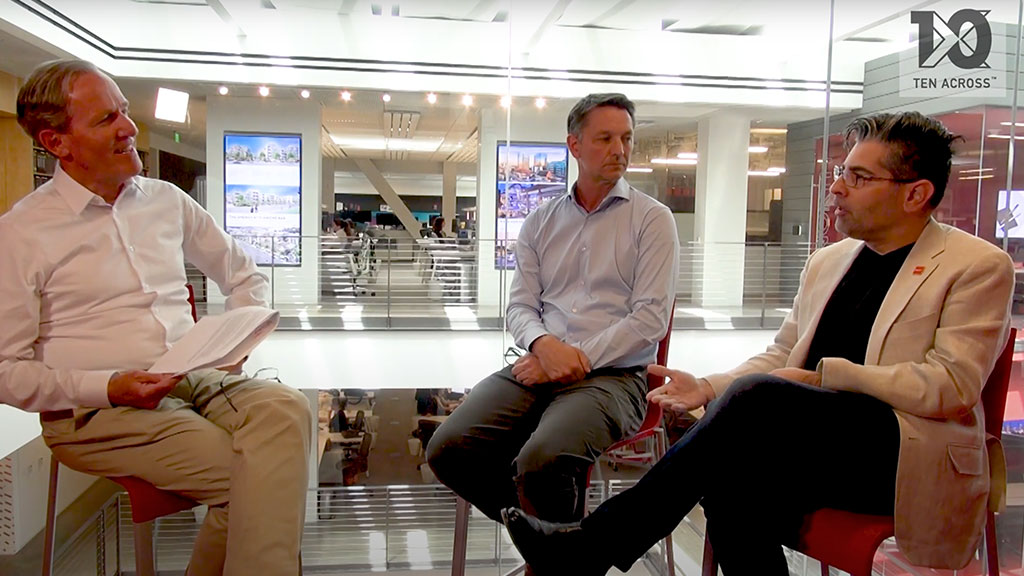
What Sustainable Cities of the Future Could Look Like
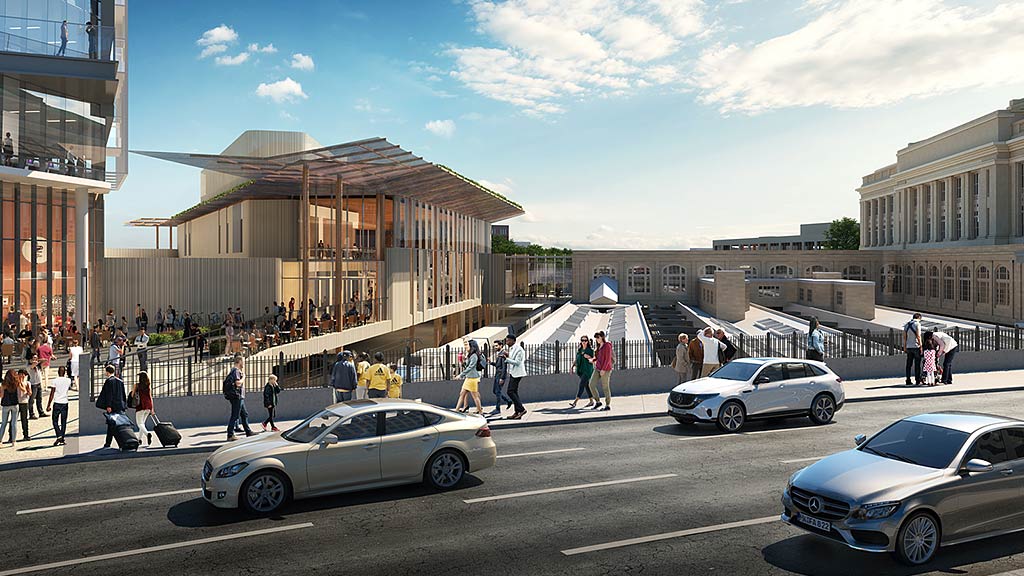
Amtrak Applies for $7.3 Billion Funding for Northeast Corridor Project Improvements
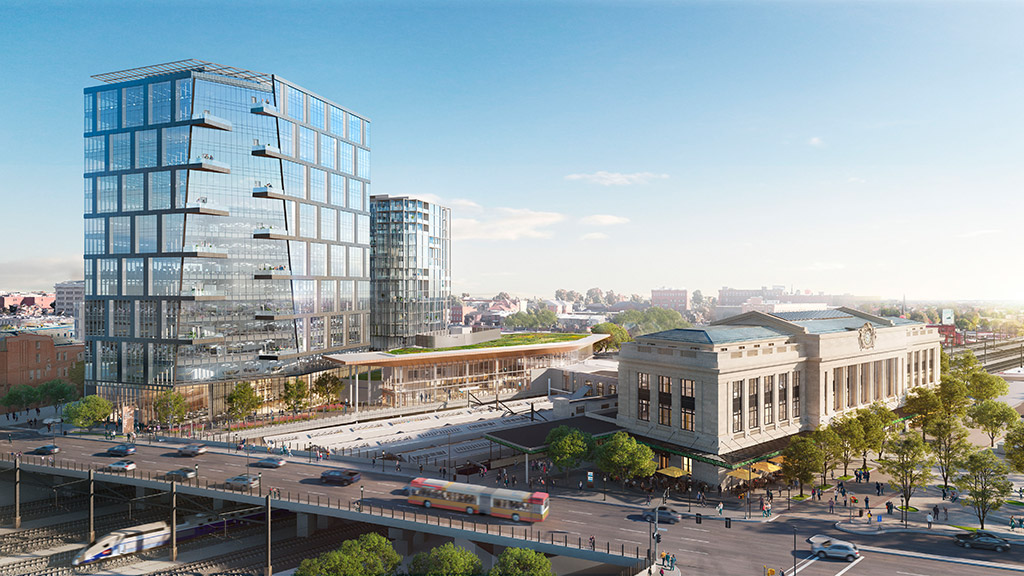
Gensler’s Vision To Renovate Baltimore Penn Station’s Beaux Arts-Style Building

The Rebirth of Baltimore’s Penn Station Features an “Airy, Luminous Design” by Gensler That Encourages Visitors To Linger
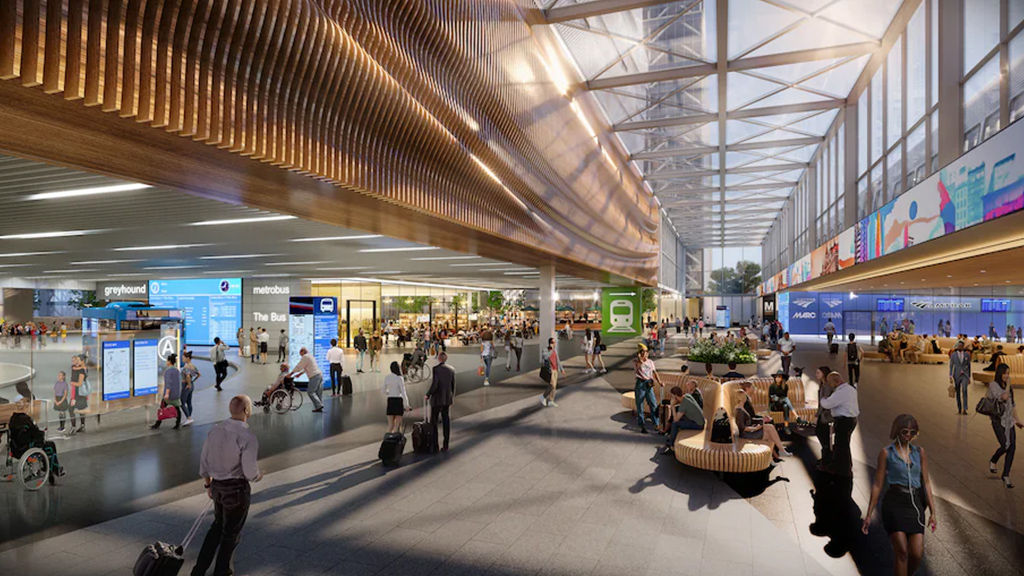
A Vision for a Train Hall to Connect Transit Lines and Enhance the Pedestrian Experience
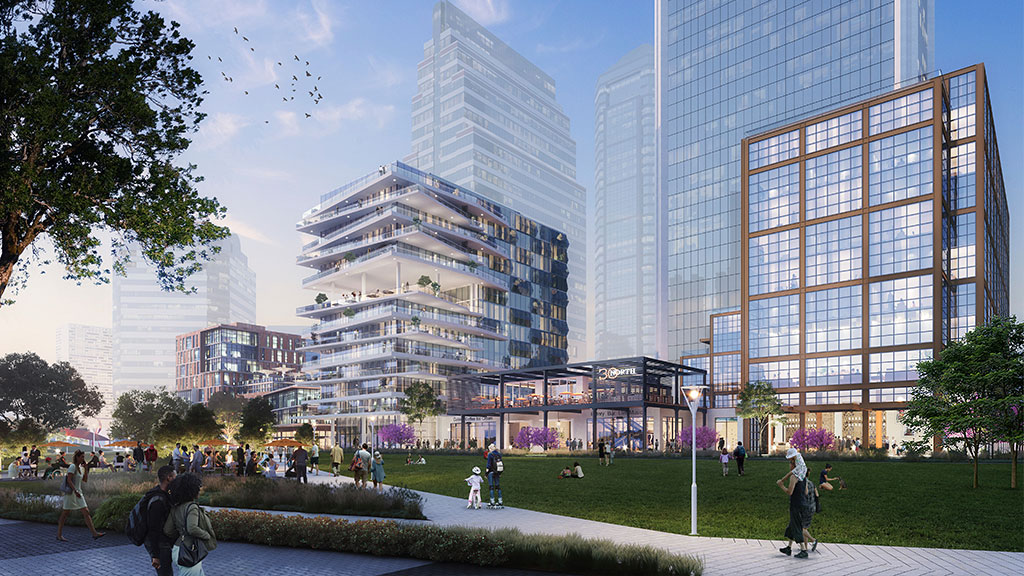
Gensler’s City Pulse Survey Data Reveals What People Value in Downtowns

The Future of Mobility Is Electric, Autonomous, and Multimodal
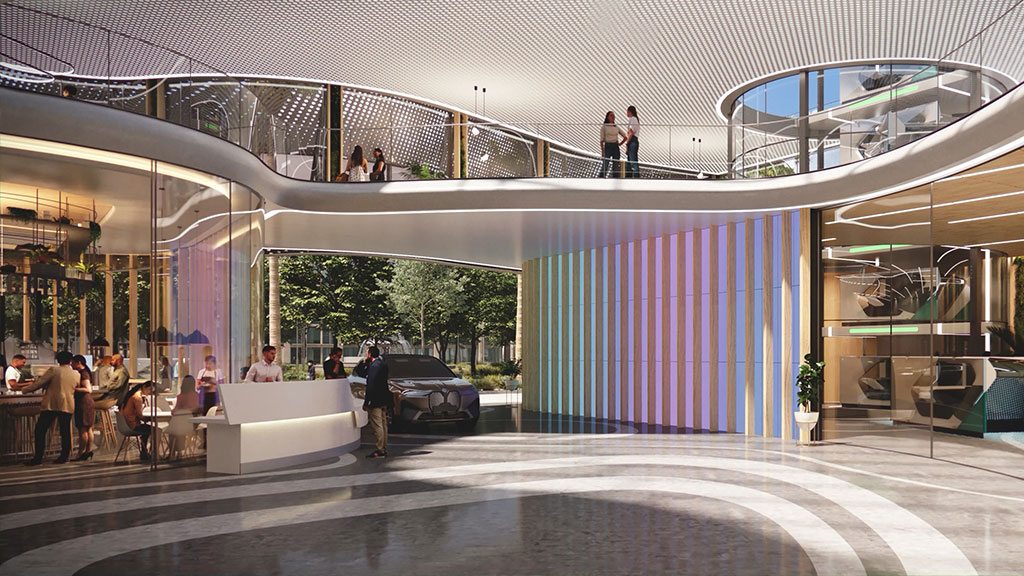
Charging EVs Takes Time. So Rest Stops Could Become Luxurious.
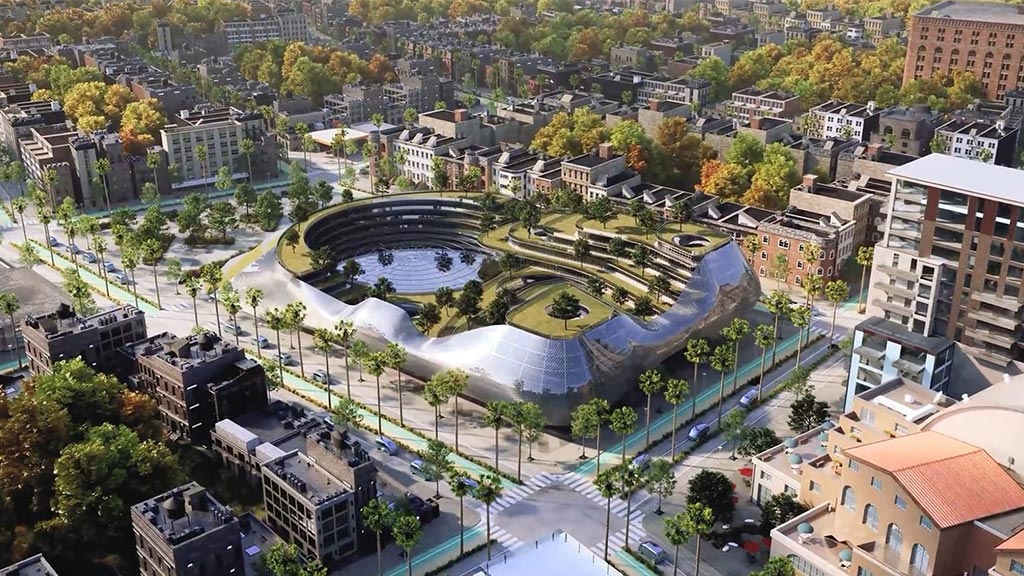
BMW Designworks and Gensler’s Vision for the Post-Gas, Electric Future
